Molybdenum-Based Sodium Ion Batteries Development
- Details
- Category: Tungsten Information
- Published on Monday, 04 April 2022 16:33
- Written by Caodan
- Hits: 1437
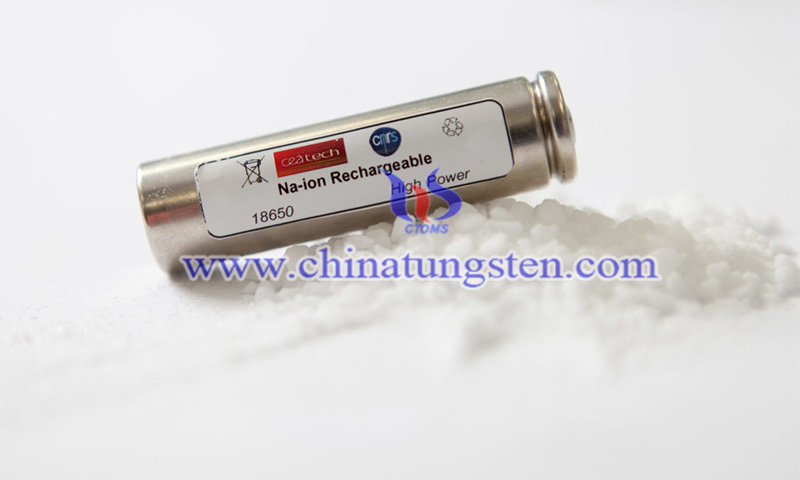
A recent study carried out by Yu Jiang et al at Jiangsu Key Laboratory of Thin Films, Soochow University, Suzhou, China has investigated the Molybdenum-based materials for sodium ion batteries (SIBs). SIBs are considered to be one of the most promising candidates for energy storage required for renewable energy sources. The main difficulty is finding a suitable anode material, and molybdenum-based materials are expected to solve this problem.
Read more: Molybdenum-Based Sodium Ion Batteries Development
Electron Flow Versus Magnetic Flux in Monolayer Molybdenum Disulfide Quantum Dot
- Details
- Category: Tungsten Information
- Published on Saturday, 02 April 2022 19:52
- Written by Caodan
- Hits: 1497
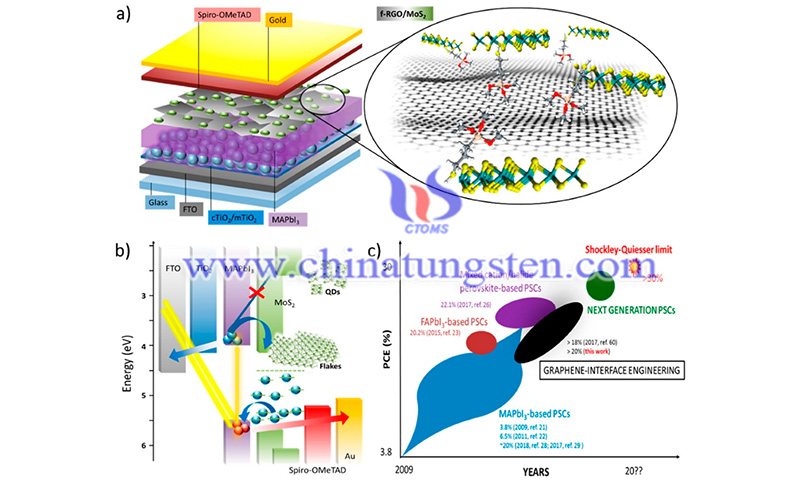
Researchers from Morocco have investigated the Dirac electron scattering problem in quantum dots of monolayer molybdenum disulfide (MoS2) quantum dots subject to magnetic flux. Analytical expressions for the eigenstates, scattering coefficients, scattering efficiency, and radial component of the reflected electron flow were developed by solving the Dirac equation.
Read more: Electron Flow Versus Magnetic Flux in Monolayer Molybdenum Disulfide Quantum Dot
Growth of Crystalline WO3-ZnSe Nanocomposites
- Details
- Category: Tungsten Information
- Published on Friday, 01 April 2022 17:04
- Written by Caodan
- Hits: 1331
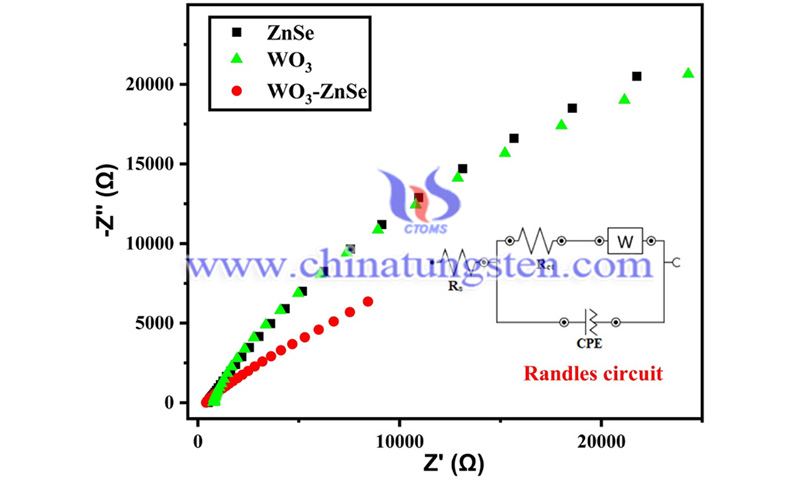
In a study led by researchers at the School of Chemical Studies, Jiwaji University, India, novel growth of WO3-ZnSe nanocomposites was performed under subcritical conditions by a simple, low-cost hydrothermal process, and the first characterization of the products-completed in just 5 hours is reported: X-ray diffraction, scanning electron microscopy (SEM), optical studies and Fourier transform analysis.
Molybdenum Doped Bilayer Photoanode Nanotubes Enhance Photoelectrochemical Water Splitting
- Details
- Category: Tungsten Information
- Published on Saturday, 02 April 2022 19:49
- Written by Caodan
- Hits: 1420
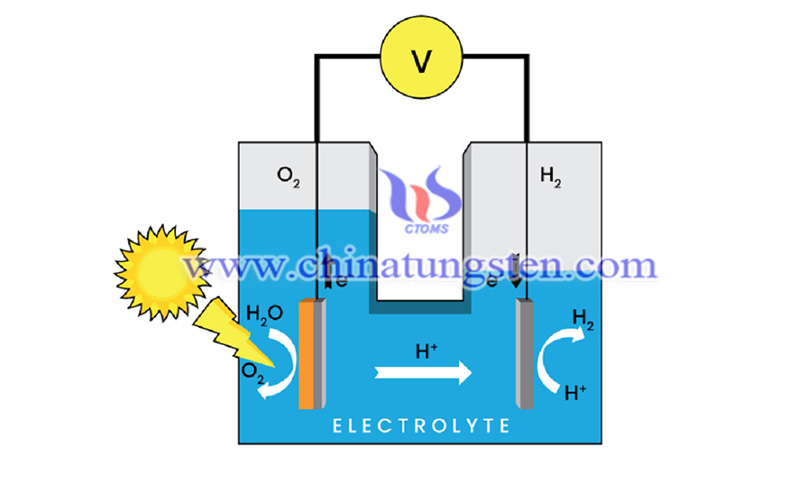
Researchers from the University of Pittsburgh recently enhanced the photoelectrochemical (PEC) water splitting capability of bilayer photoanode nanotubes through simple but effective molybdenum (Mo) doping method.
Researchers Create New Tungsten Substitute Catalyst for Vanadium Oxide
- Details
- Category: Tungsten Information
- Published on Thursday, 31 March 2022 17:41
- Written by Caodan
- Hits: 1420
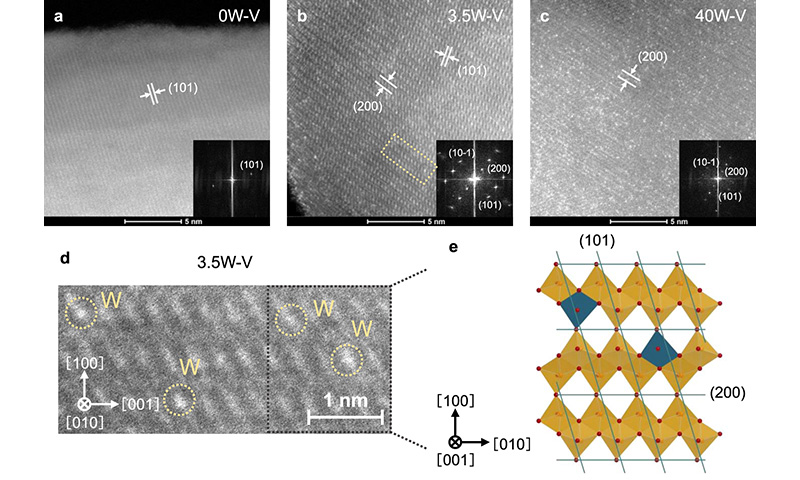
Researchers from Tokyo Metropolitan University have created a new tungsten (W) substituted vanadium oxide catalyst for breaking down harmful nitrogen oxides in industrial exhaust gases. Their new material is able to operate at lower temperatures and does not exhibit a significant degradation in performance when treating "wet" exhaust gases, addressing a major drawback of conventional vanadium oxide catalysts. The researchers also found that the non-aggregated dispersion of atomic tungsten in the original crystal structure plays a key role in its function.
Read more: Researchers Create New Tungsten Substitute Catalyst for Vanadium Oxide





 sales@chinatungsten.com
sales@chinatungsten.com